A century isn’t very long in the grand scheme of things, and that’s why you may be shocked by the fact that exactly 100 years ago, a man committed suicide after spending many years of his life trapped in a cage at a human zoo.
To put things into perspective, this country was formed 240 years ago, slavery was abolished 151 years ago, and yet just one century ago, a man was taken from his home in the Congo and put on display like a creature in a zoo for the amusement of the white public. This is the tragic story of Ota Benga.
A member of the Mbuti community, Ota Benga lost his wife and children when Belgian colonizers raided the Congo. In 1904, an American named Samuel Phillips Verner bought him for a pound of salt and some cloth.
Verner displayed Ota at the Louisiana Purchase Exposition, and he was billed as “the only genuine African cannibal in America.”
The crowd was particularly impressed with Ota’s teeth, which had been filed into points as a boy during an Mbuti ritual.
Verner took Ota to the Bronx Zoo, where the Congolese man was forced to live in the monkey house.
Ota was meant to be seen as an example of the theory that non-Western people were closer to primates on the evolutionary spectrum at a time when Darwinism often couldn’t be separated from the era’s blatant, deep-seated racism.
Ota was eventually given to Reverend James M. Gordon, who helped him establish a life in Virginia. Because of World War I, however, Ota could not return to Africa, and his depression led him to commit suicide on March 20, 1916.
Ota Benga was not the only person to be displayed in a human zoo. As the only remaining native of the Yahi tribe, a man named Ishi was displayed in a similar manner in California. He died just a few days after Ota Benga.
Ota Benga was buried in an unmarked grave in Lynchburg, Virginia. The grandson of Samuel Phillips Verner wrote a book that details the man’s tragic life. While writing it, he discovered that a mask and body cast of Ota were still on display at the American Museum of Natural History in Manhattan. To this day, the label under the pieces says “pygmy” instead of displaying Ota Benga’s name.

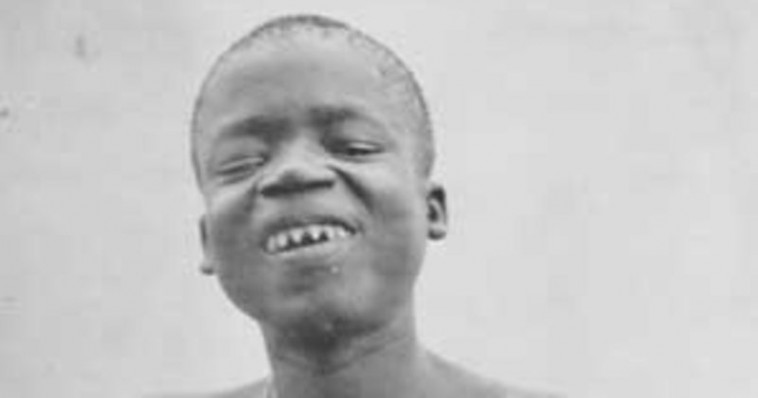
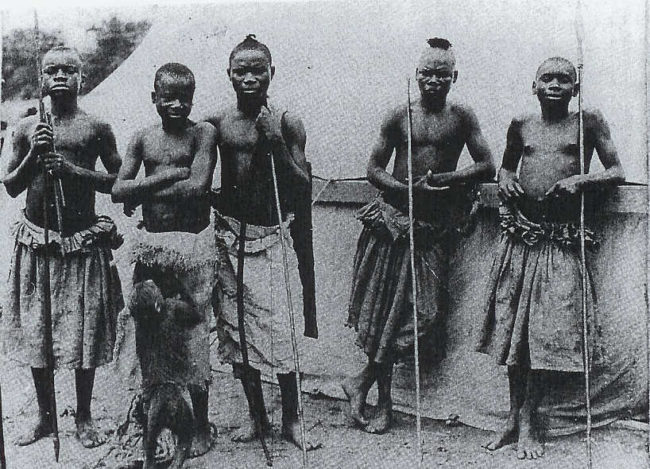
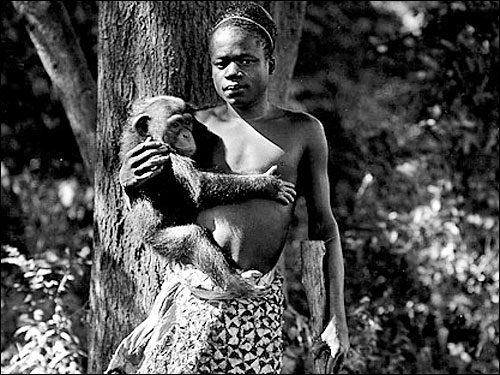
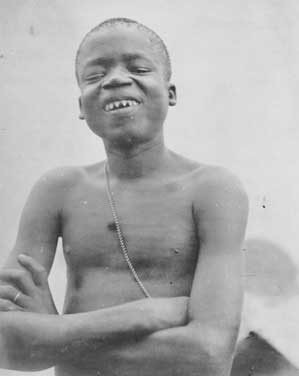
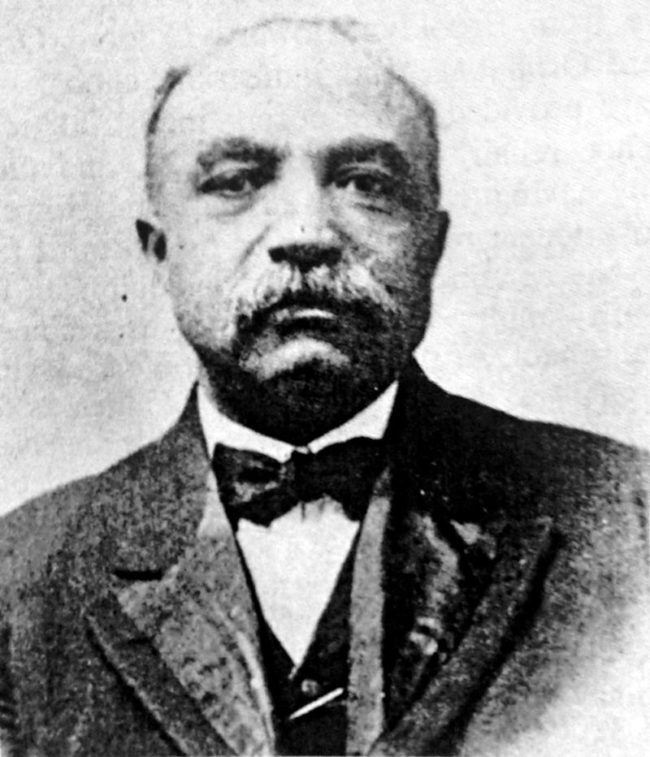
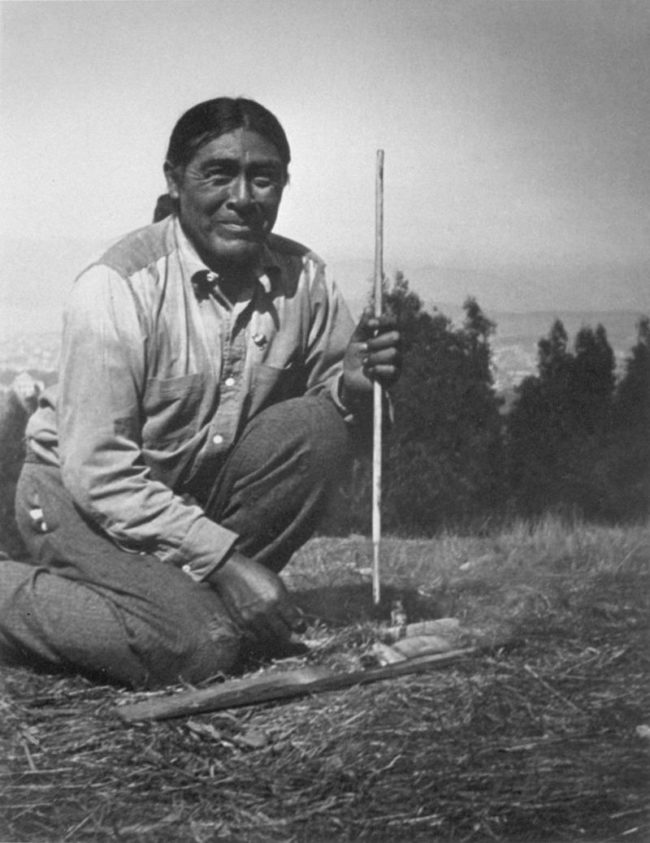


Comments